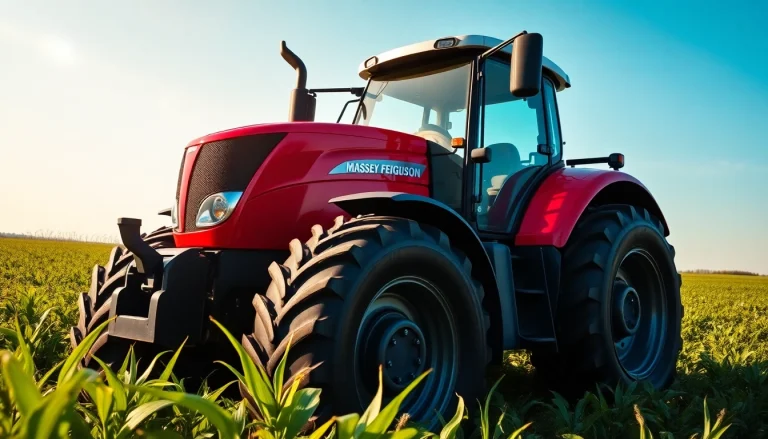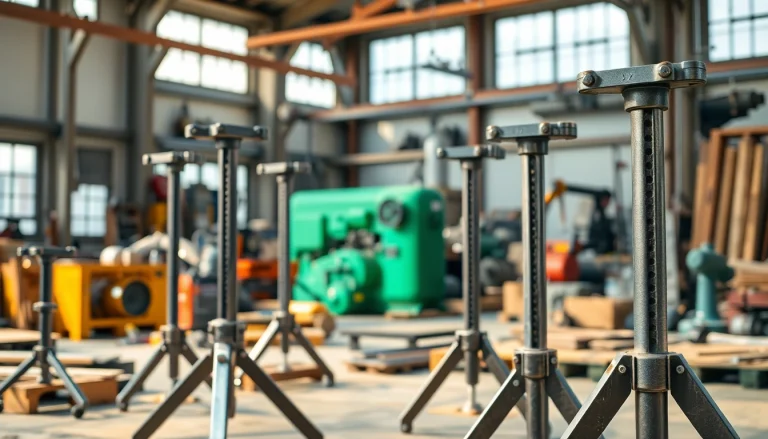Understanding Precision Die Cutting
What is Precision Die Cutting?
Precision die cutting is a manufacturing process that employs a die to cut materials into specific shapes or designs with high accuracy and efficiency. This technique is widely used for various materials, including paper, plastic, fabric, and metal. Unlike traditional cutting methods, precision die cutting relies on mechanically or digitally designed dies, which provide consistent results across multiple runs. The die, typically made from hardened steel or other durable materials, is shaped to create precise cuts while ensuring minimal waste of the raw material. Industries appreciate this precision as it allows for intricate designs and complex patterns that would be challenging to achieve with manual methods
The process begins with the creation of a die based on the desired specifications. Once the die is ready, sheets or rolls of material are fed into a die cutting machine, where they are cut into the specified shapes. This method is highly effective for large production volumes, as it can produce thousands of identical parts quickly and with consistent quality. For businesses aiming for superior products, understanding precision die cutting is essential.
The Importance of Precision in Manufacturing
Precision in manufacturing is critical for ensuring product quality, operational efficiency, and customer satisfaction. In industries such as aerospace, automotive, and medical, the accuracy of components can directly impact safety and performance. Components that are even slightly out of specification can lead to product failures, costly recalls, or serious safety incidents.
Moreover, precision minimizes material waste, which is an essential factor in cost management. By cutting materials to exact specifications, companies can maximize the use of available resources, leading to enhanced profitability. Precision also facilitates compliance with industry standards and regulations, making it easier for companies to operate in highly regulated environments.
Types of Precision Die Cutting Techniques
Precision die cutting encompasses various techniques, each suited for specific applications, materials, and production scales. Here are the most commonly used methods:
- Flatbed Die Cutting: Involves a flat surface and a stationary die that presses down on the material. This method is often used for thicker materials and allows for high precision with complex shapes.
- Rotary Die Cutting: Utilizes cylindrical dies that rotate to cut the material. This technique is particularly efficient for continuous materials like rolls of film and paper, providing high speeds and lower production costs.
- Laser Die Cutting: Employs a focused laser beam to cut through various materials with high precision. This process is advantageous for detailed designs and can cut intricate patterns without the need for physical dies, making it suitable for small production runs.
Benefits of Precision Die Cutting
Cost-Effectiveness in Production
One of the most significant advantages of precision die cutting is its cost-effectiveness, particularly in high-volume production scenarios. Once the die is manufactured, the cost per unit decreases significantly, allowing businesses to enjoy economies of scale. Additionally, the reduction in material waste associated with precise cutting methods contributes directly to decreased overall production costs. Companies frequently report substantial savings when switching from traditional cutting methods to precision die cutting, as it reduces both material costs and labor associated with handling scrap.
Consistency and Quality Assurance
Precision die cutting guarantees uniformity in the components produced. Each part cut by the die meets the same specifications, reducing the likelihood of defects that might arise from manual cutting methods. Consistency is paramount in industries such as electronics, where each component must fit seamlessly together to ensure functionality. Adopting precision die cutting helps quality assurance teams simplify their processes and maintain high standards essential for brand reputation and customer satisfaction.
Speed and Efficiency in Manufacturing
Speed is another critical factor in modern manufacturing, and precision die cutting greatly enhances production timelines. Automated die cutting machines can cut large volumes of material in a fraction of the time it would take to cut manually or through traditional means. This increased productivity can allow businesses to meet tight deadlines and reduce lead times, which is vital in competitive markets. The ability to achieve quick turnaround times without sacrificing accuracy or quality reinforces the appeal of precision die cutting for manufacturers.
Industries Utilizing Precision Die Cutting
Aerospace and Automotive
The aerospace and automotive sectors are two of the primary industries that rely heavily on precision die cutting. In aerospace, components must meet stringent safety and performance standards. Precision cut parts are critical for ensuring that every piece functions correctly and fits perfectly within complex systems. The automotive industry, with its emphasis on efficiency and safety, uses precision die cutting for various applications, ranging from gaskets and seals to decorative components.
Medical and Healthcare Applications
In the medical field, precision die cutting is utilized to produce essential components such as surgical instruments, medical devices, and packaging materials for sterile products. The high level of accuracy required in this industry ensures that products are safe for patient use and comply with health regulations. Medical device manufacturers often rely on precision die cutting techniques to create parts that require intricate designs and high-quality finishes.
Packaging and Consumer Goods
Consumer goods packaging is another area where precision die cutting shines. It enables manufacturers to create more complex packaging designs that stand out on store shelves while efficiently utilizing materials to control costs. Precision die cutting technology can create custom shapes and designs for boxes, labels, and other packaging components, giving products an edge in the competitive marketplace.
Choosing the Right Precision Die Cutting Partner
Evaluating Capabilities and Technologies
When selecting a precision die cutting partner, it is essential to evaluate the capabilities and technologies they offer. Consider their equipment, the range of materials they can work with, and their expertise in your specific industry. A partner equipped with modern die cutting technology, such as laser or rotary cutting, can provide more efficient and versatile solutions tailored to your needs.
Checking Industry Certifications and Standards
Quality certifications, such as ISO 9001, are important indicators of a die cutting partner’s commitment to maintaining high-quality standards. Checking for these certifications ensures that the partner adheres to best practices in manufacturing processes. Quality assurance practices are crucial in industries where mistakes can lead to significant repercussions—a fact that many companies overlook during their selection process.
Understanding Lead Times and Production Costs
Hourly rates and production costs can vary significantly among precision die cutting partners. It’s important to have transparent discussions about lead times and costs to identify the best fit for your project. Clear agreements can help prevent misunderstandings down the road, ensuring that your project runs smoothly from inception to delivery. Having insight into their workflow, turnaround times, and pricing structure will provide clarity and peace of mind during the production process.
Future Trends in Precision Die Cutting
Adoption of Advanced Technologies
The future of precision die cutting is likely to be shaped by advancing technologies. Automation and AI could revolutionize how die cutting operations are managed, increasing overall efficiency and enhancing production capabilities. Digital die cutting processes are becoming more prevalent as software becomes more sophisticated, allowing for more intricate designs and reducing the time from concept to finished product. This trend toward greater automation will enable manufacturers to respond more flexibly to changing market demands.
Customization and Sustainable Practices
As consumers increasingly demand customized products, precision die cutting will play a vital role in enabling manufacturers to meet these expectations. Customization options are expanding within industries from fashion to consumer electronics, allowing brands to differentiate themselves in saturated markets. Alongside customization, sustainability remains crucial as businesses seek to reduce their environmental impact. Precision die cutting processes can minimize waste not only by reducing material consumption but also through eco-friendly manufacturing practices.
Market Growth and Industry Innovations
The precision die cutting market is expected to grow as more sectors recognize its benefits. Innovations in materials and technologies are propelling the industry forward, allowing for the cutting of increasingly complex designs. Companies that embrace these trends and maintain flexibility in their operations will be better positioned to capture new opportunities, fostering a landscape of continuous growth in precision die cutting.






